World 🢖 Australia and Oceania 🢖 Australia 🢖 Northern Territory
Wonder
Palm Valley, Northern Territory
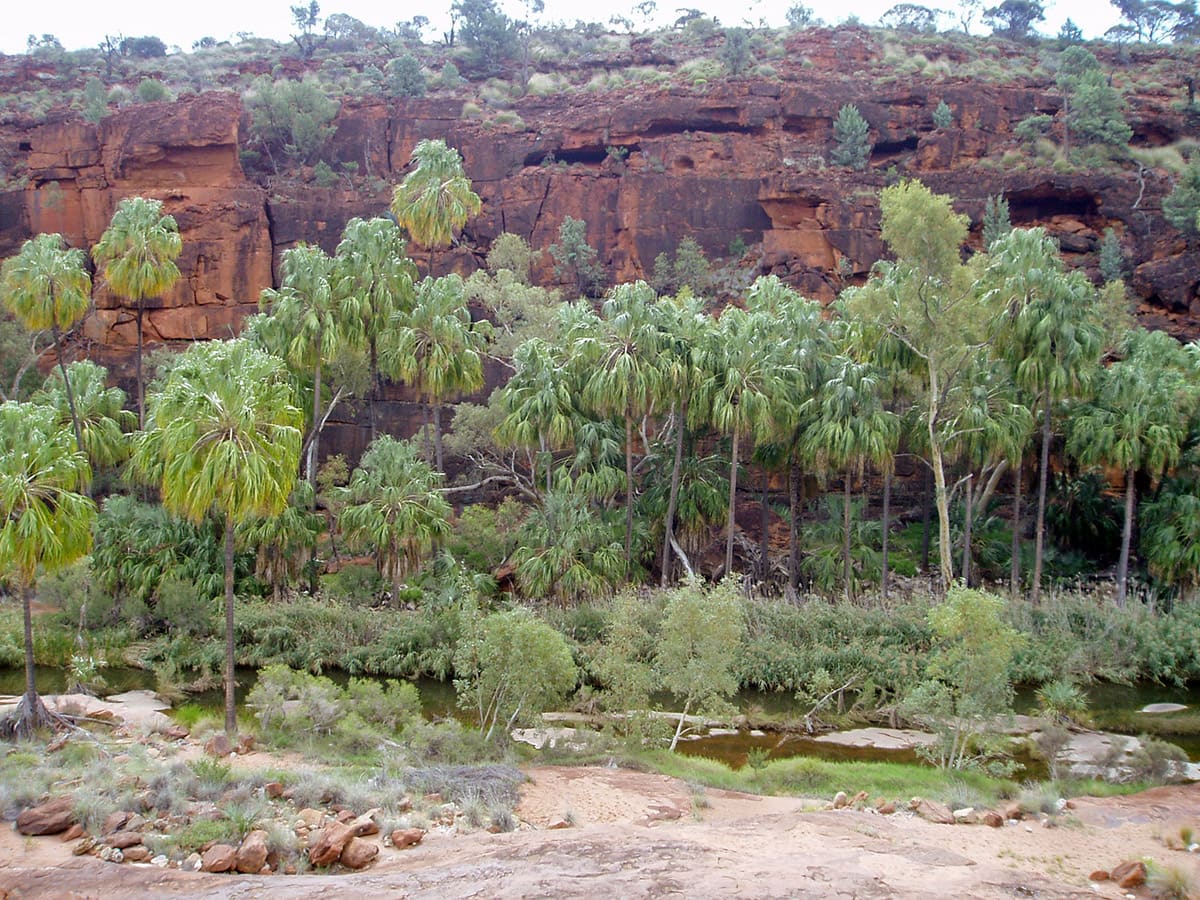
 In short
In short
There are no palms in the extensive deserts of central Australia… except for Palm Valley and some places near it. This small, picturesque valley is a unique oasis with hundreds of animal and plant species and quite a few are found only here – nowhere else in the world.
 49.3%
49.3%
GPS coordinates
Location, address
Alternate names
Dominant species
Area
Map of the site
If you see this after your page is loaded completely, leafletJS files are missing.
 In detail
In detail
Oasis
Palm Valley is a rather narrow, east-west oriented canyon created by an intermittent stream and surrounded by ancient, red cliffs. On the bed of this canyon is something very unusual for this part of Australia – a belt of green vegetation which in some places forms a true forest.
for the most part of the year there is not too much water in Palm Valley. Nevertheless here discharge several springs and there are some smaller and larger permanent pools and the power of water feeds numerous living organisms throughout the year. Otherwise, this area is very dry with just 200 mm of precipitation per year.
But after the rare rains a river starts flowing in the valley and suddenly lots of life appear – numerous fishes, frogs and the exotic-looking shield shrimp Triops australiensis which is adjusted to live in such desert environments.
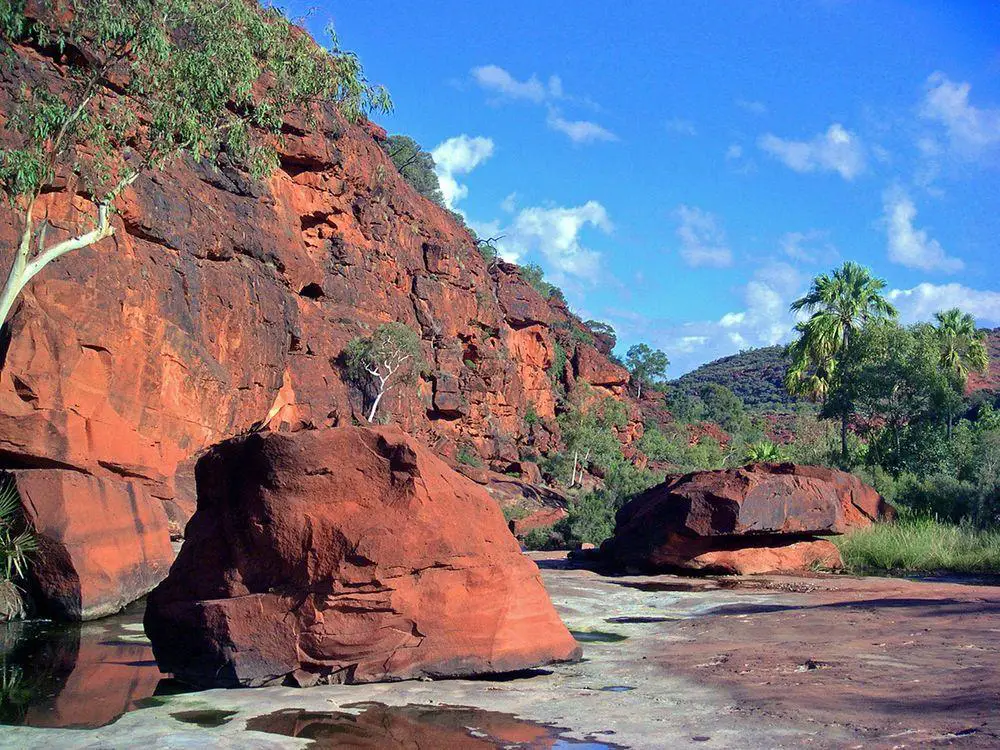
In total in Finke Gorge National Park live 684 species of plants and some 30 of them are rare. 16 species of plants found only here. Especially rich is Palm Valley.
Here live such rare plants and animals as land snail Bothriembryon spenceri (met almost exclusively only here), the endemic land snail Basedowena squamulosa, a cycad (plant) Macrozamia macdonnellii, which is found only in MacDonell Ranges and some others.
The mysterious palm
The main reason for the fame of this valley is a palm – Red Cabbage Palms (Livistona mariae). This is a very rare palm – in fact, a large part of these palms (some 1000 – 1500 trees and saplings) grow exclusively in Palm Valley and other palms of this species – in nearby valleys.
These palms grow in the middle of an enormous desert without any similar kind of plants nearby – the desert is too dry for such plants. Nearest palms are approximately 850 km to the north-east from here, in Queensland.
Earllier it was considered that these desert palms are a relict of other climatic conditions when the climate here was more humid. It was long ago – in Mid-Miocene, some 15 million years ago. This is a very long period for species and such an isolated population over the 15 million years should evolve into something unique and distinct.
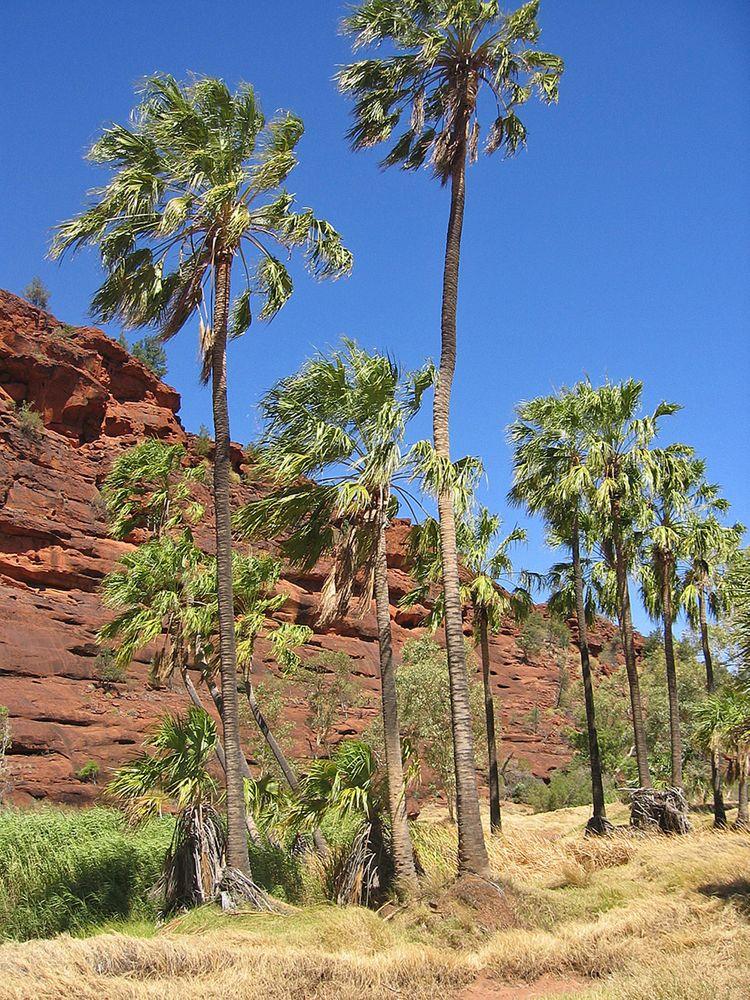
The same palm – elsewhere?
Some 1000 km to the north from this place grows another rare palm – Livistona rigida, forming beautiful groves around Mataranka Hot Springs (Northern Territory) and Boodjamulla National Park (former Lawn Hill NP, Queensland). Closer genetic investigations show that these two palms… belong to the same species. It is absolutely impossible to keep such high similarity for isolated populations for 15 million years. Thus – how is it possible?
Human interference
Researchers (1) consider that it is very very possible that Livistona mariae was brought to its present place by humans some 15,000 – 30,000 years ago. Seeds of this palm can be well preserved and transported and this palm is very useful: it is one of the few local plants which can be cultivated and used for eating (fronds) and making baskets (bark).
Thus we can assume that due to some unknown reasons, for example, due to the sea-level rise after the ice age several groups of people had to seek new places to live. They moved inland, in the inhospitable deserts of Central Australia and found some livable places, such as the Palm Valley bringing the palm seeds with them.
This theory is supported by an aboriginal legend which was recorded in 1894 by local pastor Carl Strehlow: according to this legend, the seeds of this palm were brought here by "gods from the north". It is amazing to imagine that folk tales have recorded events that took place 15,000 – 30,000 years ago.
Another story tells that many people died in a terrible fire long ago. Many young people died in this valley and turned into palms. The suffering of these people is represented by black trunks of palms but the leaves of palms represent the long hair of young men (2).
Discovery and protection
People of European descent are recent newcomers here. The first European to reach these areas was explorer Ernest Giles who reached Finke Gorge in 1872. He saw some palms then but did not reach Palm Creek, which was discovered in 1877. The green oasis with palms looked unusual after the hundreds of kilometers through the meager desert scrub and this location was noticed. Some protection measures were taken in the first half of the 20th century but in 1967 this area was included in Finke Gorge National Park.
Nowadays this is a protected area and some parts of the valley are not accessible to general tourists. But a part of the unique valley is available after a hard drive through the wilderness: there is established a network of tourist trails, including the most popular one: Palm Valley Walk.
References
- Toshiaki Kondo, Michael D. Crisp, Celeste Linde, David M. J. S. Bowman, Kensuke Kawamura, Shingo Kaneko, Yuji Isagi. Not an ancient relic: the endemic Livistona palms of arid central Australia could have been introduced by humans. Proceedings of the Royal Society of London Series B: Biological Sciences. July 2012. Volume: 279 Issue: 1738.
- Hermannsburg. The Sydney Morning Herald, February 8, 2004.
 Linked articles
Linked articles

Wonders of Australia
The enormous and diverse area of Australia contains countless amazing and unique monuments. Parts of the country have not been thoroughly investigated and sometimes there are reported new, surprising finds.
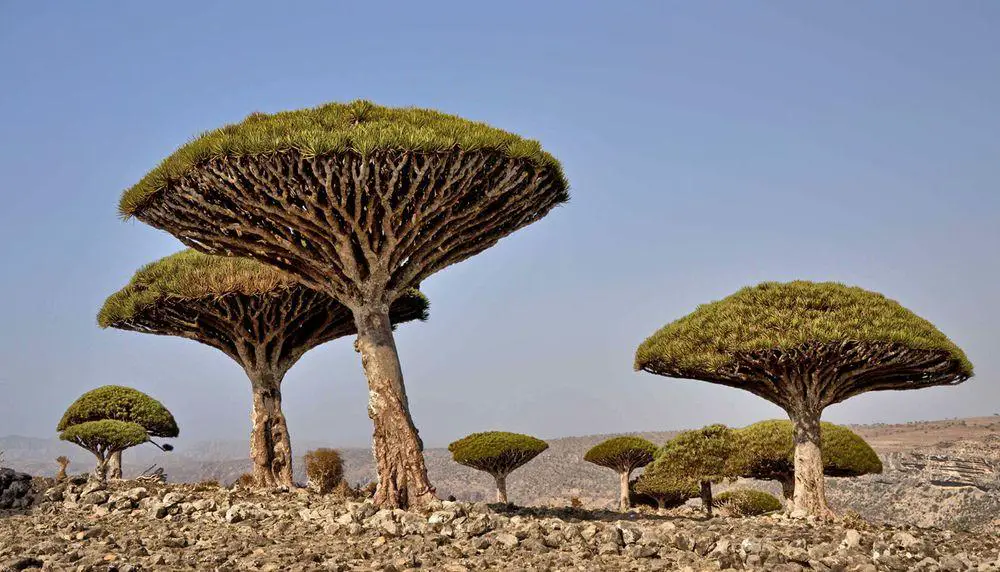
Ecosystems
Biotope is a rather small area with uniform environmental conditions and a specific community of life. Wondermondo describes biotopes and ecosystems which have striking looks, look very beautiful, or have other unusual characteristics.
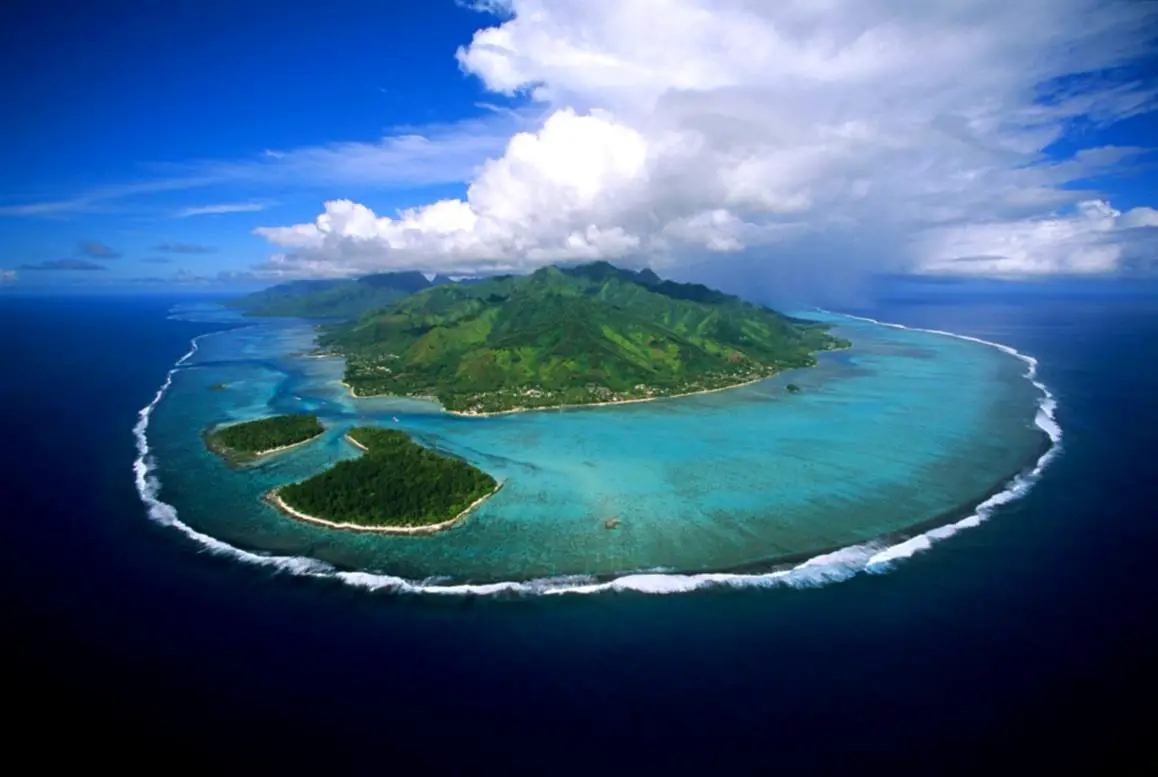
Wonders of Australia and Oceania
The word “exotic” definitely refers to Australia and Oceania. Here are located many unique and mysterious landmarks, many places here deserve to be called – “One of the most beautiful places in the world”.
 Recommended books
Recommended books
Palms Throughout the World
Presenting an up-to-date introduction to this complex group of plants, Palms Throughout the World describes 800 species in 123 genera and discusses the distribution, biology, propagation, cultivation, and economic importance of palms. The individual species descriptions are arranged in alphabetical order and include common synonyms and references to origin and distribution.
The Plant Messiah
Carlos Magdalena is not your average horticulturist. He’s a man on a mission to save the world’s most endangered plants. First captivated by the flora of his native Spain, he has traveled to the remotest parts of the globe in search of exotic species. Renowned for his pioneering work, he has committed his life to protect plants from man-made ecological destruction and thieves hunting for wealthy collectors.



